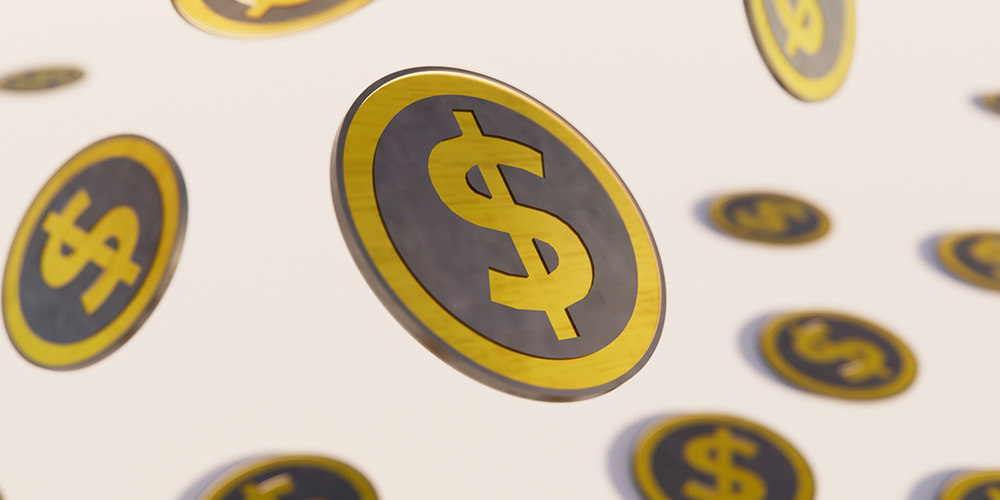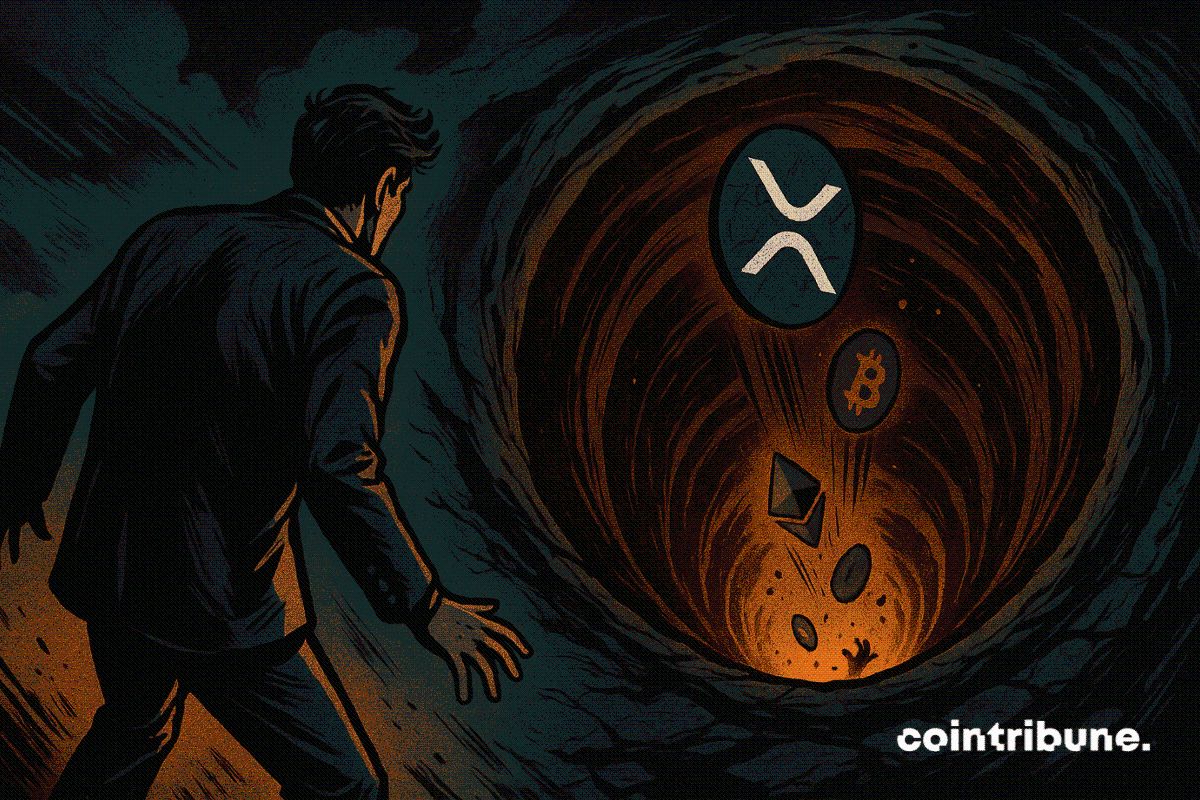Bank for International Settlements argues stablecoins fail 'three key tests'
Quick Take In a report published Tuesday, the so-called “central bank for central banks” claimed that fiat-pegged digital assets fail “the three key tests” that would enable them to be the backbone of the monetary system: singleness, elasticity and integrity. The authors argue that stablecoins could undermine financial integrity and national monetary sovereignty. That said, the BIS sees “transformative” potential in the tokenization of central bank reserves, commercial bank money, and other traditional ass

The Bank for International Settlements said that stablecoins are not money.
In a report published Tuesday, the BIS, sometimes called the “central bank for central banks” claimed that fiat-pegged digital assets fail “the three key tests” that would enable them to be the backbone of the monetary system: singleness, elasticity and integrity.
“It remains to be seen what role innovations like stablecoins will play in the future monetary system,” BIS authors wrote in an annual report examining the next-generation finance. “But stablecoins do not stack up well against the three desirable characteristics of sound monetary arrangements and thus cannot be the mainstay of the future monetary system.”
According to the authors, stablecoins do offer some advantages — like programmability, pseudonymity, and “easy access for new users.” Further, their “technological attributes mean they can potentially offer lower costs and faster transaction speed,” particularly for cross-border payments.
However, when stacked up to the gold standard of central bank issuances and the instruments issued by commercial banks and other private sector entities stablecoins may introduce risks to the global financial system by undermining governmental monetary sovereignty (sometimes through “stealth dollarisation”) as well as facilitating crime, the authors allege.
While stablecoins have a clear role as an on- and off-ramp to the crypto ecosystem as well as a growing presence in countries with high inflation, capital controls or limited access to dollar accounts, these assets should not be treated like cash.
Three key tests
Namely, stablecoins fail the elasticity test due to their construction. Because assets like Tether’s USDT is backed by a “nominally equivalent amount of assets” any “additional issuance requires full upfront payment by holders,” which imposes a “cash-in-advance constraint."
Further, unlike central bank reserves, stablecoins do not pass monetary “singleness” — where money can be issued by different banks and accepted by all without hesitation — because they are typically issued by centralized entities that may set different standards and may not always share the same settlement guarantees.
"Stablecoin holdings are tagged with the name of the issuer, much like private banknotes circulating in the 19th century Free Banking era in the United States. As such, stablecoins often trade at varying exchange rates, undermining singleness," the authors write.
For similar reasons, stablecoins have "significant shortcomings when it comes to promoting the integrity of the monetary system," in that not all issuers will follow standardized KYC/AML guidelines or safeguard against financial crime.
Transformative tokenization
Circle, the issuer of USDC, saw its stock sink over 15% on Tuesday following publication of the BIS report. CRCL shares hit a record high of $299 on Monday, up over 600% from its initial public offering price of around $32.
Despite the BIS’s concerns, the organization remains bullish on the potential for tokenization, which represents a “transformative innovation” for everything from cross-border payments to securities markets.
“Tokenised platforms with central bank reserves, commercial bank money and government bonds at the centre can lay the groundwork for the next-generation monetary and financial system,” the authors wrote.
Disclaimer: The content of this article solely reflects the author's opinion and does not represent the platform in any capacity. This article is not intended to serve as a reference for making investment decisions.
You may also like
Stablecoins in 2025: You Are in Dream of the Red Chamber, I Am in Journey to the West
But in the end, we may all arrive at the same destination through different paths.

XRP’s Extreme Fear Level Mirrors Past 22 % Rally

Critical Bitcoin Bear Market Signal: 100-1,000 BTC Wallet Buying Slows Dramatically
Stunning Bitcoin Whale Awakening: Dormant Addresses Move $178M After 13 Years
